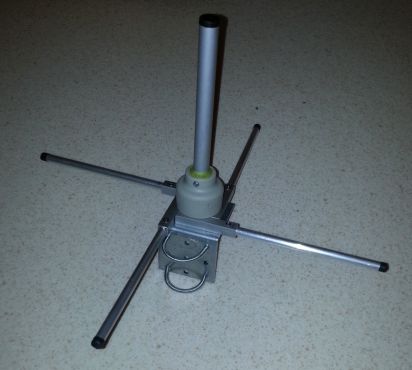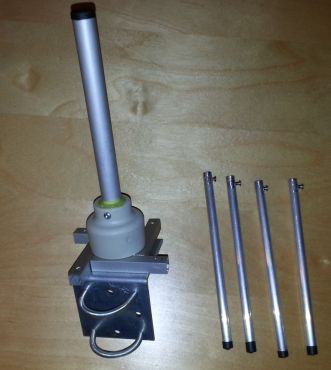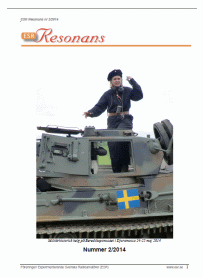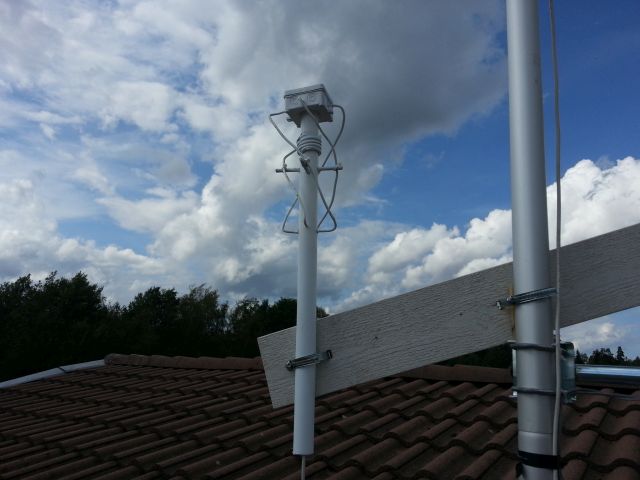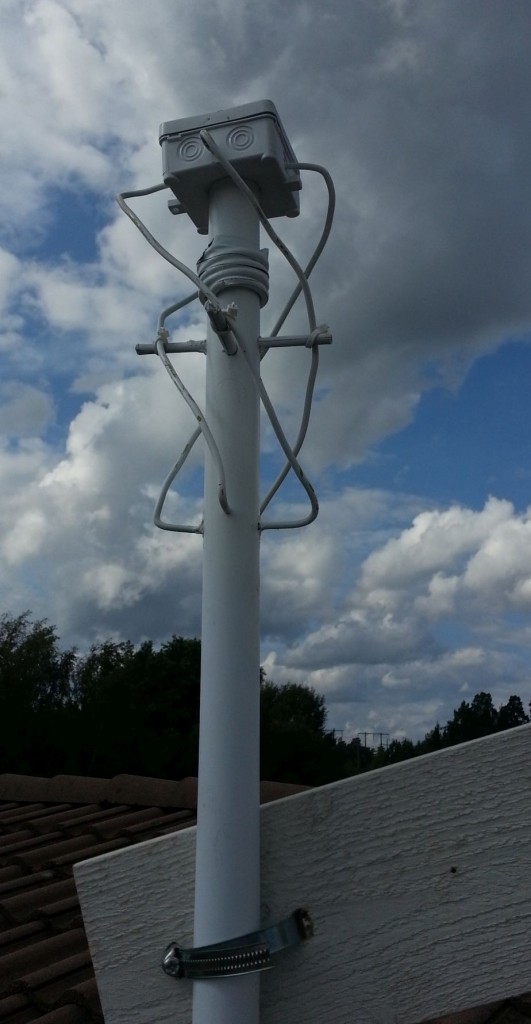Det planeras ISS-sändningar från ISS onsdagen den 27/8 (2014). Frekvensen kommer att vara 145.800 MHz FM. Mer info:
Dmitry Pashkov R4UAB reports that the Slow Scan Television (SSTV)
experiment MAI-75 on the International Space Station (ISS) may be
active on Wednesday, August 27 using the call sign RS0ISS on 145.800
MHz FM.
A Google English translation of the work plan says “On Gagarin from
Space”. Open gear with ISS RS by amateur radio link to ground
receiving stations amateurs around the world images of photographs
devoted to the life and work of the first cosmonaut Yuri Gagarin.
It is unclear how long the SSTV transmissions will continue for but
the plan shows the Kenwood TM D-700 transceiver being used for a
school contact in the Ruzaevo district on Saturday, August 30.
All you need to do to receive the SSTV pictures from the space
station is to connected the audio output of a scanner or amateur rig
via a simple interface to the soundcard on a Windows PC or an Apple
iOS device, and tune in to 145.800 MHz FM. You can even receive
pictures by holding an iPhone next to the radio’s loudspeaker.
The ISS puts out a strong signal on 145.800 MHz FM and a 2m handheld
with a 1/4 wave antenna will be enough to receive it. The FM
transmission uses 5 kHz deviation which is standard in much of the
world.
Many FM rigs in the UK can be switched been wide and narrow
deviation FM filters so select the wider deviation. Handhelds all
seem to have a single wide filter fitted as standard.
On Windows PC’s the free application MMSSTV can be used to decode
the signal, on Apple iOS devices you can use the SSTV app. The ISS
Fan Club website will show you when the space station is in range.
Listen for the ISS SSTV transmissions online using the SUWS WebSDR,
further details at
http://amsat-uk.org/2014/08/15/suws-websdr-moves-to-new-site/
For more on Slow Scan Television SSTV, see this article SSTV – The
Basics
http://www.essexham.co.uk/sstv-the-basics
How to be successful with the ISS Slow Scan Television (SSTV)
imaging system
http://www.marexmg.org/fileshtml/howtoisssstv.html
Information on the MAI-75 SSTV experiment
http://www.energia.ru/eng/iss/researches/education-26.html
Free MMSSTV software
http://hamsoft.ca/pages/mmsstv.php
iOS SSTV App
https://itunes.apple.com/gb/app/sstv/id387910013
IZ8BLY Vox Recoder, enables you to record the signals from the ISS
on 145.800 MHz while you’re away at work
http://antoninoporcino.xoom.it/VoxRecorder/
ARISS Slow Scan TV (SSTV) Blog and Gallery
http://ariss-sstv.blogspot.co.uk/
For real-time tracking and the latest status of amateur radio
activity on the space station see the ISS Fan Club
http://www.issfanclub.com/
Dmitry Pashkov R4UAB
http://r4uab.ru/?p=7237
ISS Work Plan
http://www.mcc.rsa.ru/plan.htm
[ANS thanks AMSAT-UK for the above information]

